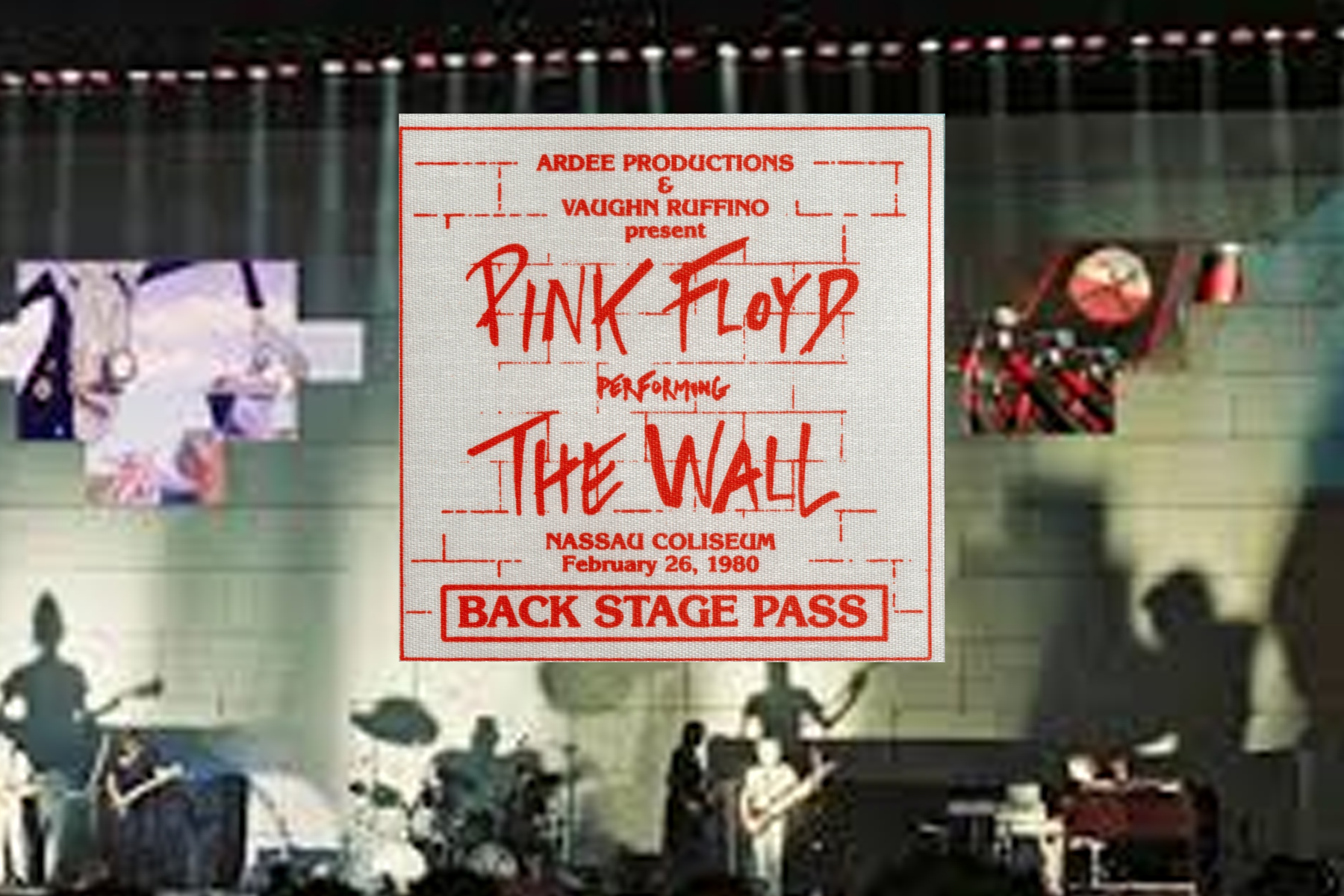In an era of three-minute rock singles, Pink Floyd dared to stretch their ideas into radiating, hour-long odysseys. Their concerts weren’t just performances — they were journeys that featured floating pigs, collapsing walls and soundscapes that blurred the lines between music and theatre.
Formed in 1965, the iconic English rock band was so much more than just that. Pink Floyd was a cultural movement that redefined the future of rock music.
That leaves us with one question: how did Pink Floyd manage to change the world of music forever?
Breaking boundaries of sound
Pink Floyd did not simply write songs — they built entire sonic worlds. Through experimental use of tape loops, synthesizers and unconventional sound effects, they created soundscapes that went far beyond the standard rock template.
From the hum of machines to the ticking of clocks and the echo of spoken voices, Pink Floyd turned noise into musical texture.
What set them apart from other rock bands was the way that they fearlessly blended genres: the raw energy of rock intertwined with avant-garde experimentation, psychedelic atmospheres and classical-inspired structures. The band’s willingness to push beyond cultural norms came together through their creation of the concept album, where tracks flowed together as more than just singles — they became movements in a larger story.
Through doing so, Pink Floyd redefined how their audience could experience music. Not only was it entertainment for the audience, but an immersive narrative art.
Challenging the norms
Popular music in the 1960s and 70s was dominated by love songs and upbeat escapism. Pink Floyd, however, went the complete opposite direction.
Their lyrics delved into uncomfortable corners of feelings such as existential dread, the isolation of modern life and the destructive cycles of war and consumerism. Rather than gloss over these key themes, the band leaned into them, creating music that demanded reflection from its listener.
Central to this was bassist Roger Walters’ sharp social critique, with words that dissected systems of power, questioned blind conformity and exposed modern society’s alienation. This is beautifully exemplified in their 1979 release, “Another Brick in The Wall Part II,” where Walters’ and vocalist and guitarist David Gilmour sings:
We don’t need no education
We don’t need no thought control
No dark sarcasm in the classroom
Hey, teacher, leave them kids alone
All in all, it’s just another brick in the wall
All in all, you’re just another brick in the wall
In giving rock music a philosophical and political edge, Pink Floyd elevated their music into a form of intellectual art, challenging audiences to not only hear their music but confront the truths that lay within it.
Live experiences as forms of art
Pink Floyd did not only challenge societal norms; they revolutionized the idea of what a live concert could look like.
The band was not content with simply standing on stage and playing their songs. Instead, they crafted fully immersive experiences where music, visuals and atmosphere merged into a single work of art. Their use of elaborate staging, complete with laser shows, massive light displays and surreal imagery projected on vast screens, set a new standard for live performance.
This was displayed especially radical during 1980’s The Wall tour, where an actual wall was built on stage between the band and the audience, collapsing in the finale as a symbolic act of destruction and revelation. This was theatre as much as it was music, a political statement made through a spectacle.
The fusion of sound and vision done by Pink Floyd permanently changed the concert landscape, which paved the way for the multimedia extravaganzas that we take for granted in today’s culture.
From stadium pop stars to experimental electronic arts, the template of the live show as a full sensory experience can be traced back directly to Pink Floyd’s bold innovation.
A legacy in today’s landscape
The influence of Pink Floyd is deeply woven into the heart of contemporary music. Bands like Radiohead and Tame Impala have drawn on their atmospheric soundscapes and willingness to push beyond traditional song structures, whereas groups like Tool echo Pink Floyd’s fusion of rock and philosophy.
Even hip-hop musicians like Kendrick Lamar — with his album DAMN. being a particularly good example — have sampled or channelled Pink Floyd’s immersive approach to storytelling, showing how their reach spans across genres.
Beyond the music world, Pink Floyd remains a cultural touchstone. Their imagery — from the prism on the 1973 album The Dark Side of The Moon to the marching hammers in “Waiting for the Worms” on 1979 album The Wall — continues to appear in movies, television and popular iconography.
More than five decades after their rise to fame, Pink Floyd is firmly enshrined in the canon of “music as art” by proving that rock can be just as intellectually ambitious and emotionally resonant as literature or theatre.
Pink Floyd’s legacy is a lot more than the albums they left behind. It stems from the many artists who continue to walk through the creative doors Pink Floyd first opened.
—
Pink Floyd did not simply play music, they expanded what music could be. The band’s radicalism was not about their volume or chaos, but their imagination, which transformed sound into landscapes, concerts into theatre and lyrics into social critiques.
They pushed listeners to look inward and outward at the same time, challenging them to think as much as they felt. In doing so, Pink Floyd redefined rock into more than entertainment — but as art with the power to provoke, immerse and endure.
Perhaps the prism of The Dark Side of The Moon endures as not only an album cover, but a symbol of infinite possibility, refracting music into new colours that future generations will continue to discover.

